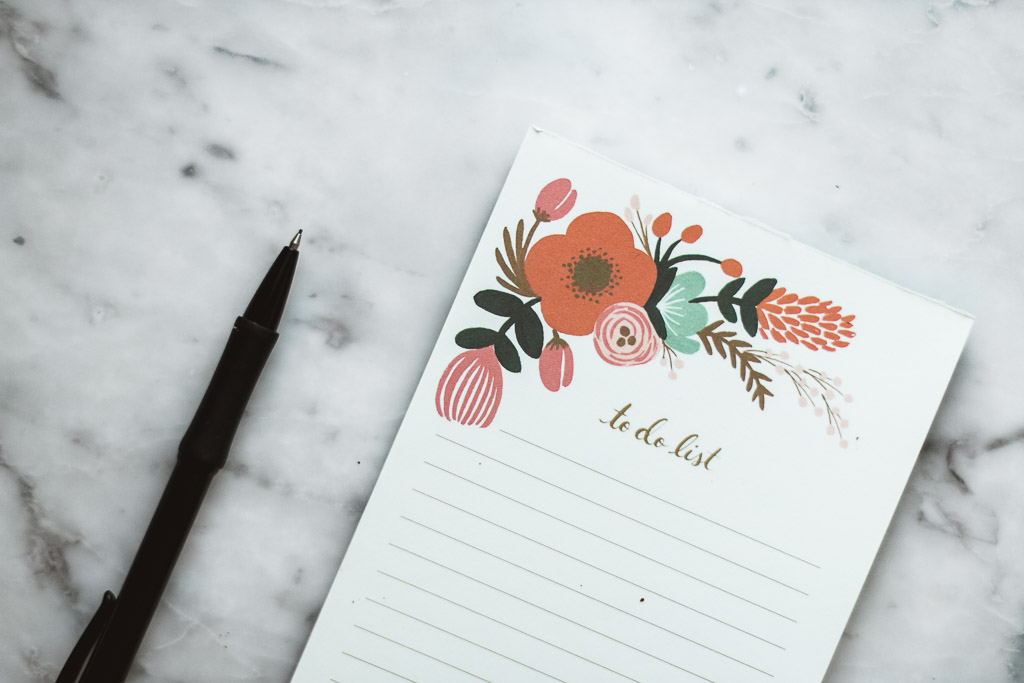
28 Dec Gluten Free Baking Guide
This post has been on my mind for awhile and I really hope you’ll like it. I’ll share some tips about gluten free baking, what ingredients I keep in my pantry and what ingredients are actually gluten free. This post is now placed in the top menu so that it’s easy to find. It’ll be treated as a page rather than a post and I’ll probably change and add things over time.
I know it’s quite a lot to read but I’ve added a ton(maybe a little too many?) of pictures to make it easier. Start with the headlines and skim through the text and read the paragraphs you find interesting. Then you can come back to this post whenever you feel like it!
The ingredients listed in the staples section are things that I like to have at home but you don’t need to have all of it, you can bake quite a lot of things with just buckwheat flour and a few other ingredients. You’ll also find some other things that I keep in my pantry which are great for baking in general.
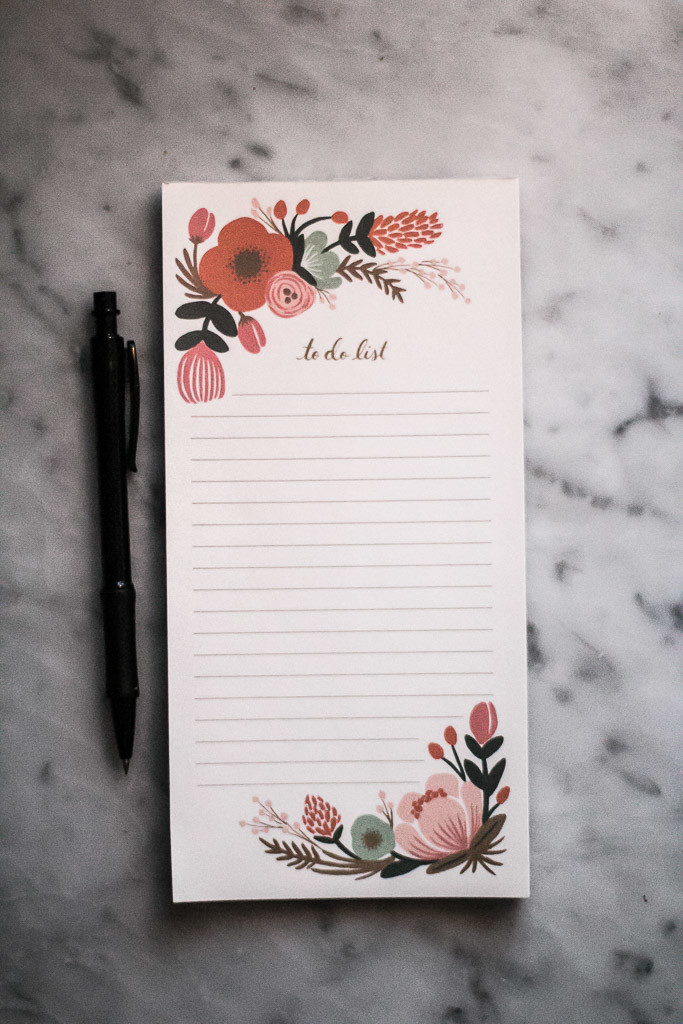
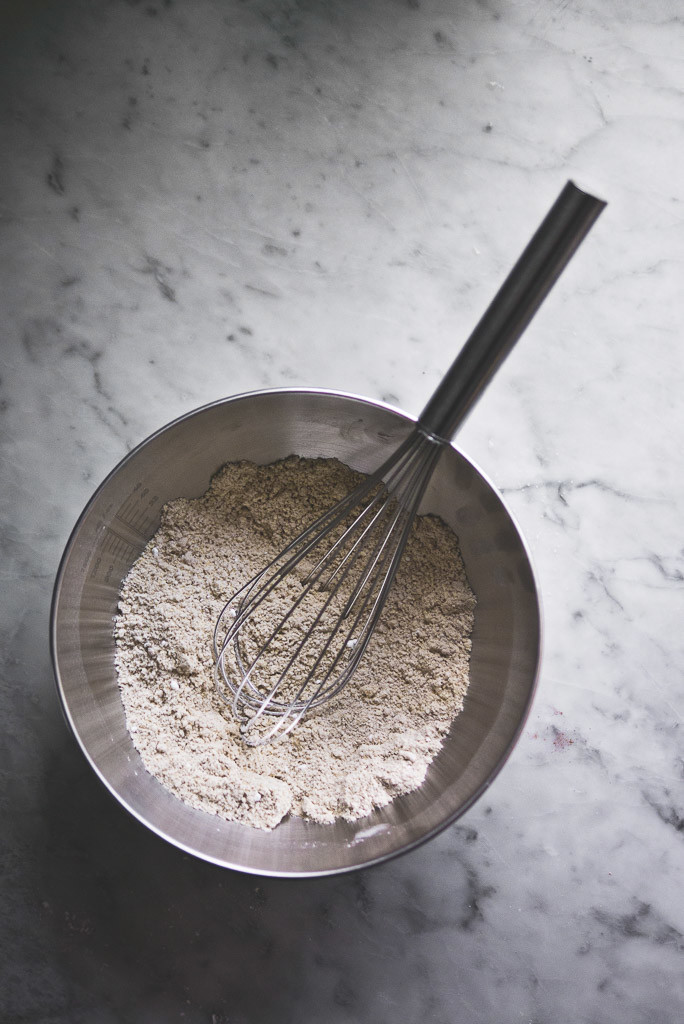
Be patient
It will take time to get used to gluten free baking. It’s not difficult, it’s just different!
Follow the recipe
A gluten free dough looks different than a gluten dough. If you’re not used to gluten free baking, don’t try to change the recipe too much. Eventually you’ll learn what the dough should look like and you’ll be able to alter the recipes. Try to stick to the recipe in the beginning!
Buy a scale
Almost all of my baked recipes are made weight measurements to give exact results every time. Gluten free baking often requires several different flours which makes it important to add the right amount of flour to the dough/batter. When baking with only one flour it’s easy to add more if needed. When you’re baking with several different flours you’ll need to add more of every single flour. If you use a scale when measuring your ingredients you wont have to worry about adding more flour or water since you’ll add the exact measurements in the beginning.
Embrace the proofing times
Gluten free bread and other baked goods need longer time to rise, usually up to two hours. A lot of people can be scared of the long proofing times and feel like they don’t have time to bake then. If you had to sit and watch the dough rise for two hours it would be a bit of a problem but you don’t have to! During that time you can watch two episodes of grey’s anatomy, study to your math test, take your dog for a walk, cuddle with your dog, read a book or go to a yoga class. On the weekends, I usually make bread and then I study while the bread is proofing!
Stop comparing everything to gluten
”It’s good but it’s not like bread made with wheat…” I’ve had these thoughts so many times until I decided to stop comparing everything I made to its gluten equivalent. Today I only care about the bread being delicious, airy and moist.
Does gluten free mean it’s healthier?
Not necessarily. I think this article explains it very well.
Baking powder
Use gluten free baking powder. Most baking powder’s are made with corn starch instead of wheat flour but you should still make sure to check the ingredients list.
Oats
Oats are naturally gluten free but they can be contaminated by gluten. If you have Coeliac disease always make sure to buy gluten free rolled oats/oat flour. I’m just sensitive to gluten and seem to tolerate normal rolled oats, however I always write gluten free rolled oats in recipes. You can make your own oat flour by mixing rolled oats in a food processor.
Baking spray
I’ve never seen this in Sweden but I know it’s popular in the US. It’s usually made of a mixture of oil and wheat flour so don’t use it unless you find a naturally gluten free baking spray.
Spelt flour
It can be easier for some people to digest spelt flour than wheat flour but it’s not gluten free!
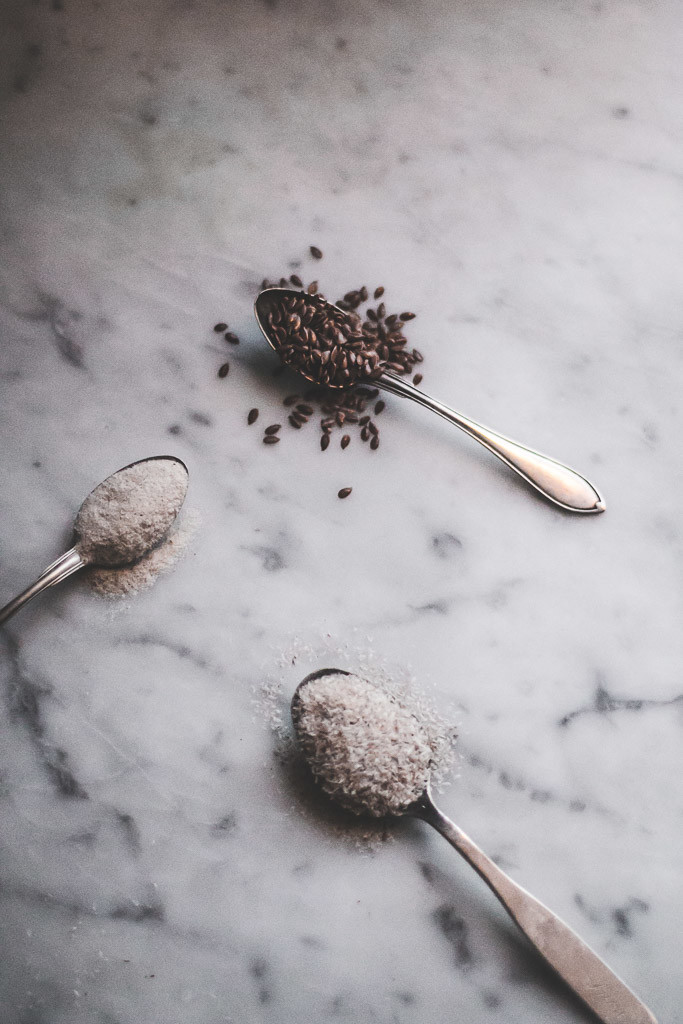
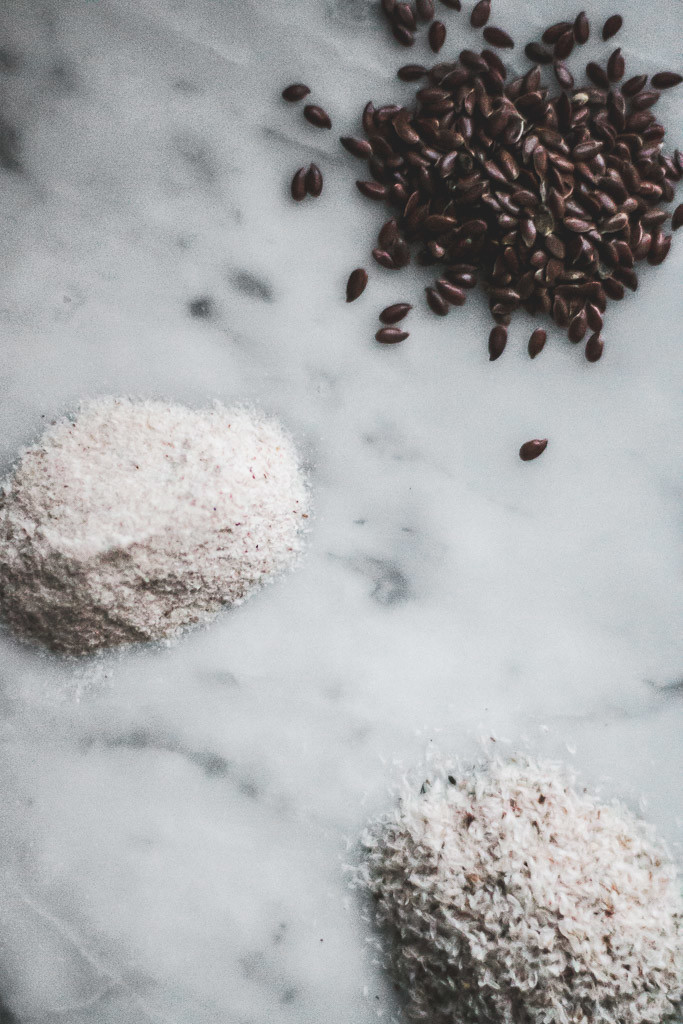
The difference between psyllium husk and psyllium husk powder
Psyllium husk powder is ground psyllium husk and even though they’re ”the same” they can’t just be substituted for one another. Psyllium husk powder can bind more liquid than psyllium husk because it’s ground.
Gluten free sourdough
I love baking with gluten free sourdough. It takes time but it’s so worth it! Here are my recipes for Gluten free sourdough starter and Gluten free sourdough bread.
Milling your own flours at home
If you’re serious about gluten free baking(or just baking in general) it might be worth it to invest in a good grain mill. I usually mill my own brown rice flour, buckwheat flour, oat flour and millet flour. There are so many benefits you get from milling your own flours and I’ve listed some of them below.
1. It’s cheaper to buy grains instead of pre ground flour.
2. It’s healthier for you because you can prepare the grains properly by soaking or sprouting them before grinding. Here‘s a very good guide to preparing grains and here‘s an infographic that explains how long different grains should be soaked. (Brown rice flour is not in the infographic but it should be soaked for 24 hours)
3. You can make your flour shortly before baking and therefore keep most of the grains nutritional value.
Berries, fruit and vegetables
It’s great to add berries, fruit and vegetables to baked goods in general because of the flavor and moistness. Especially gluten free baked goods can benefit from it and I like to match the flours with different fruits and berries. For example almond meal and raspberries, oat flour and zucchini and quinoa flour and blueberries.
Discover the gems of the forest
Use seasonal ingredients and forage some yourself; like blueberries, raspberries and mushrooms. This will keep down the costs and it’s also fun!
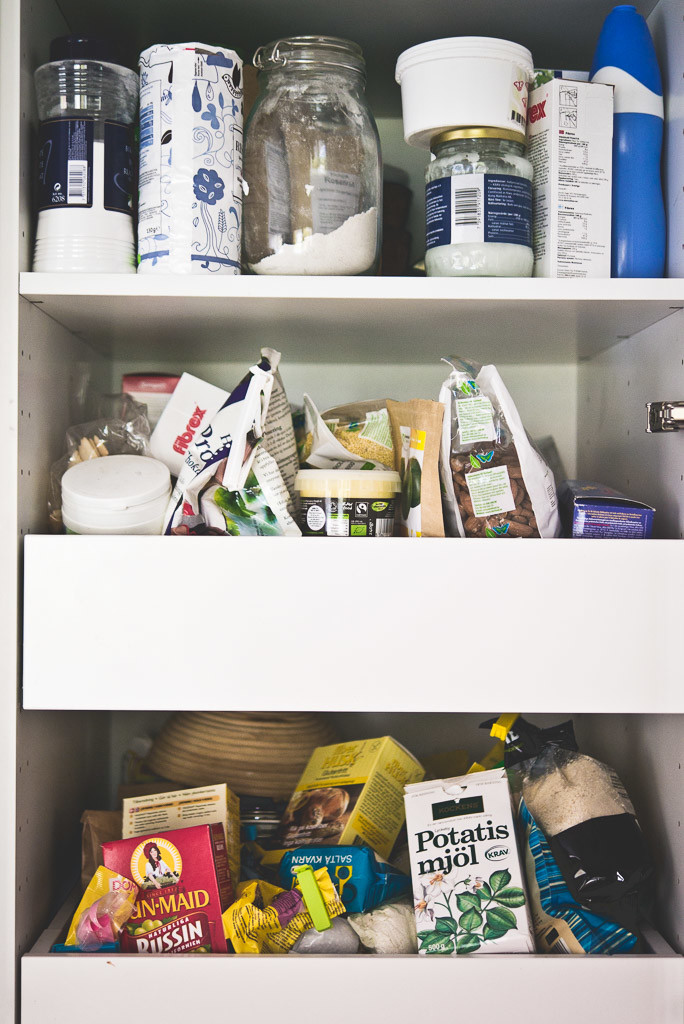
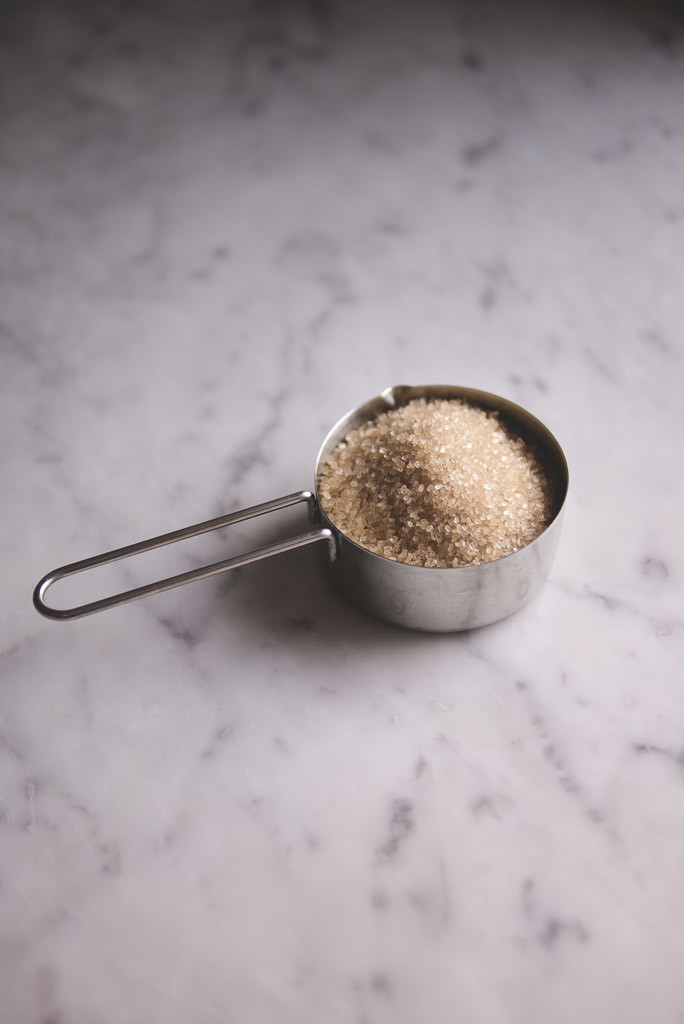
Store bought gluten free flour mixes
I always make my recipes with a mix of gluten free flours instead of using the store-bought gluten free flour mixes. First of all the naturally gluten free flour mixes are very expensive and in order to keep gluten free baking at a low cost it’s best to bake from scratch. The mixes differ a lot; some have added xanthin gum or psyllium husk and they can also have different ratios of starches and protein flours. Therefore the result will vary depending on what flour mix you use.
Have a well stocked pantry, not well organized
It’s not a bad thing to have a well organized pantry when baking gluten free, it’s just very hard to keep it organized. A lot of bakers only need to care about keeping a beautiful big glass jar with all purpose wheat flour in their pantry and that’s it. Gluten free bakers however need to store a lot of different flours.
I think I have at least 15 different flours in my pantry at the time and it doesn’t make it very easy to have beautiful glass jars with printed labels on each and every one of these flours. Especially since I don’t always have the same flours at home all the time. You can see one of my unorganized cupboards above. The most important thing is to have a well stocked pantry with a lot of different flours because that will give you endless opportunities in the kitchen.
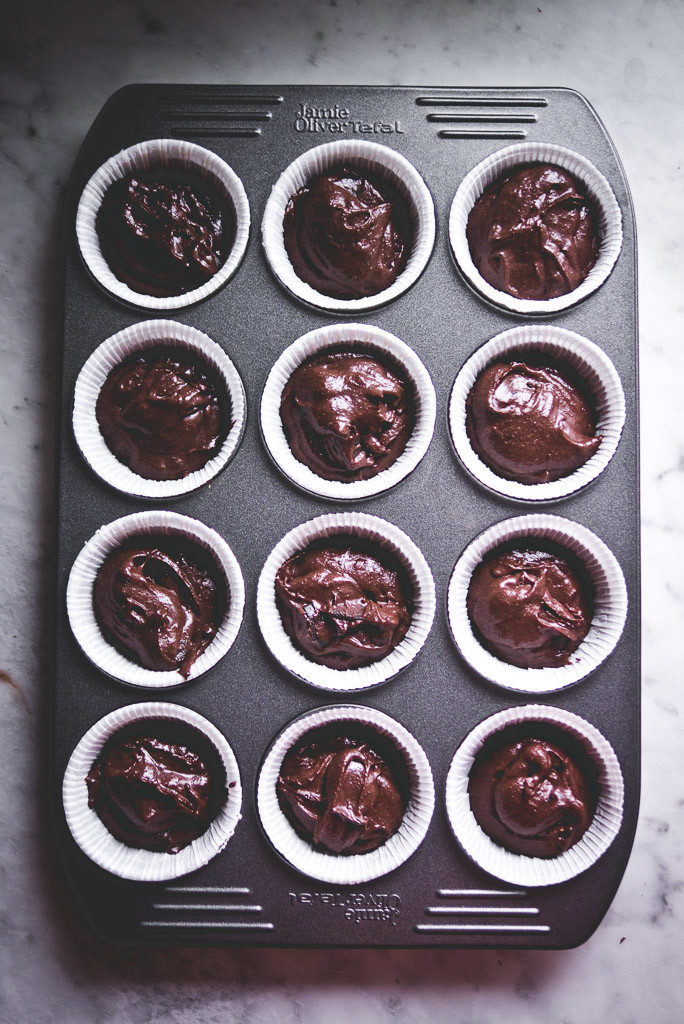
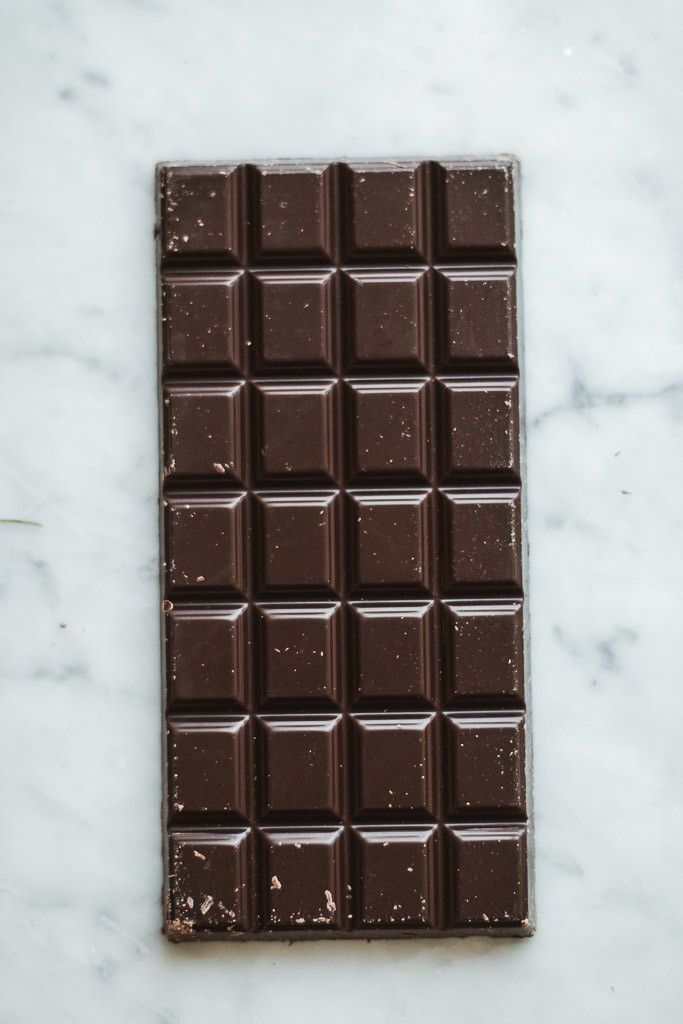
The staples
Here are some ingredients that I usually store in my pantry. It’s not necessary to have all of these flours at home but I like to use different flours to create different textures and flavors. You can probably find a lot of other starches and flours but these are the ones that I can find in Stockholm.
Flours, starches and flakes
- Light and dark buckwheat flour
- Brown rice flour
- White rice flour
- Light and dark teff flour
- Quinoa flour
- Sorghum flour
- Oat flour
- Almond flour(meal)
- Coconut flour
- Hazelnut flour
- Corn starch
- Potato starch
- Rolled Oats
- Buckwheat flakes
- Quinoa flakes
- Millet flakes
Binders
- Psyllium husk
- Psyllium husk powder
- Golden and dark flax seeds
- Chia seeds
Nuts and seeds
- Hazelnuts
- Pecans
- Cashews
- Walnuts
- Sunflower seeds
- Sesame seeds
- Pumpkin seeds
Spices
- Cardamom
- Cinnamon
- Vanilla powder (ground vanilla bean)
- Homemade vanilla extract
- Vanilla pod
- Anise
- Fennel
- Cumin
- Bread spice mix
Sweeteners
- Caster sugar
- Powdered sugar
- Raw cane sugar
- Honey
- Light and dark Scandinavian syrup (or molasses)
Proofing agents
- GF baking powder
- Fresh yeast
- Instant yeast
Fats
- Organic butter
- Coconut oil
- Canola oil
- Olive oil
Other things
- Cocoa powder
- Cacao powder
- Dark chocolate (70%)
- Pink himalaya salt

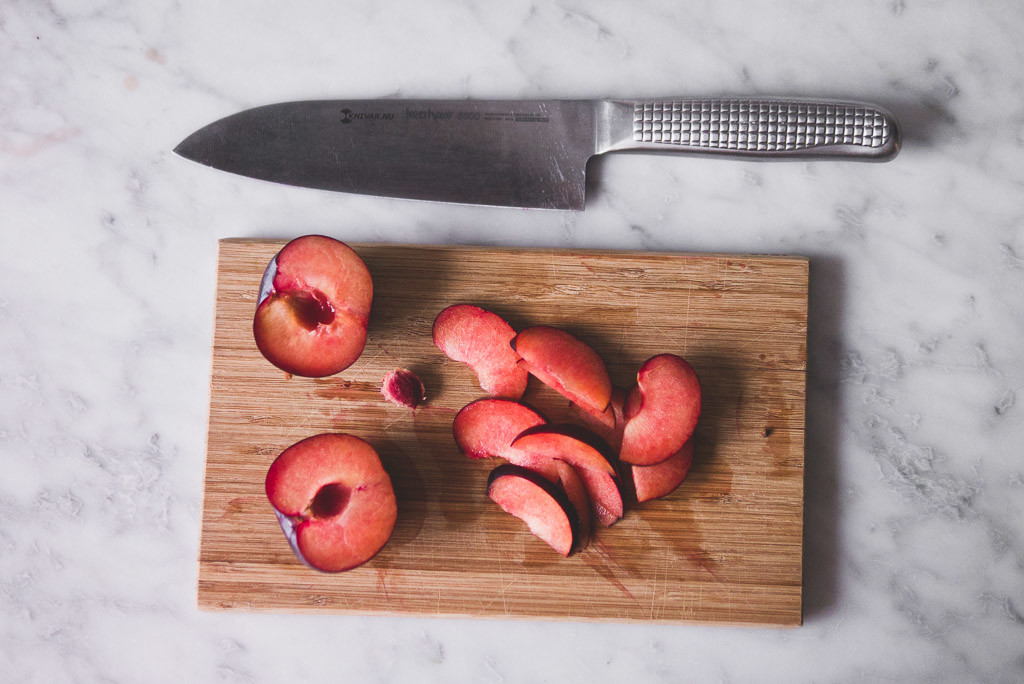
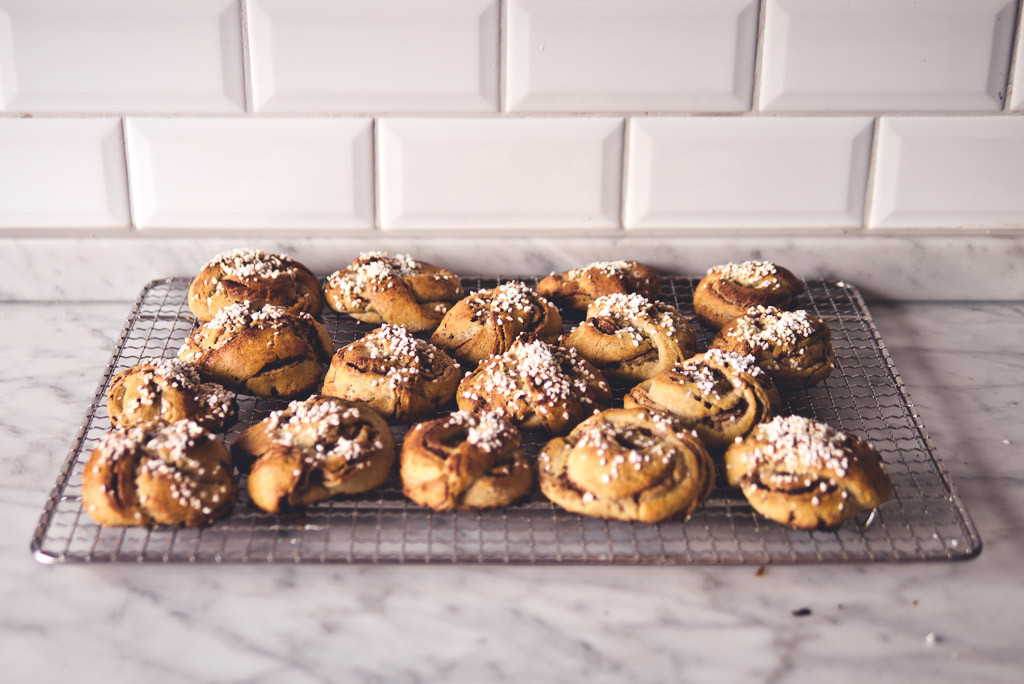
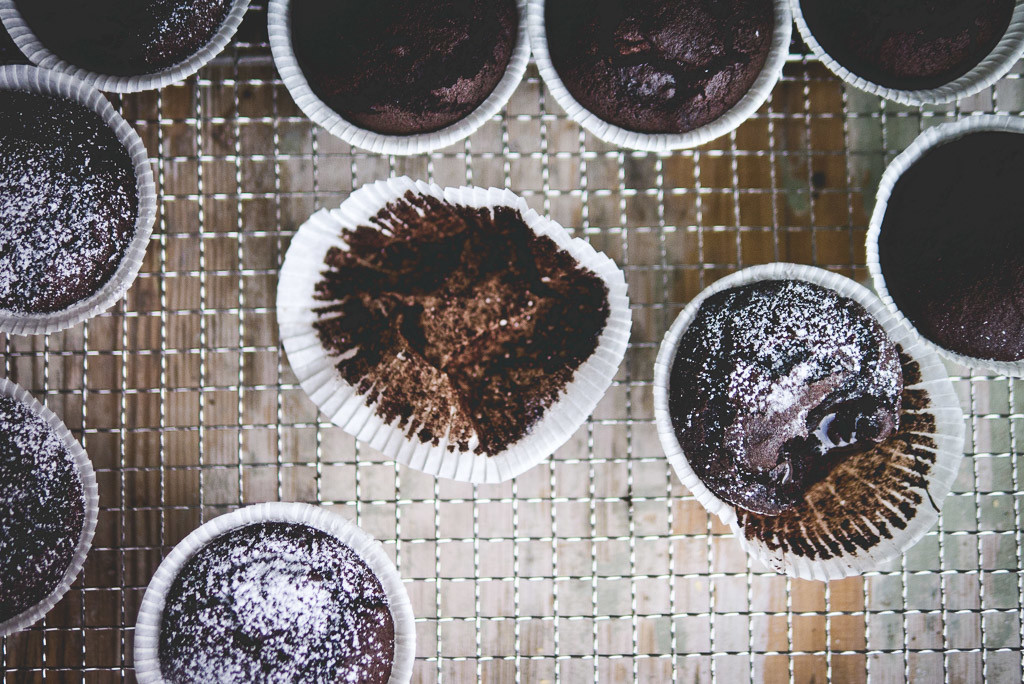
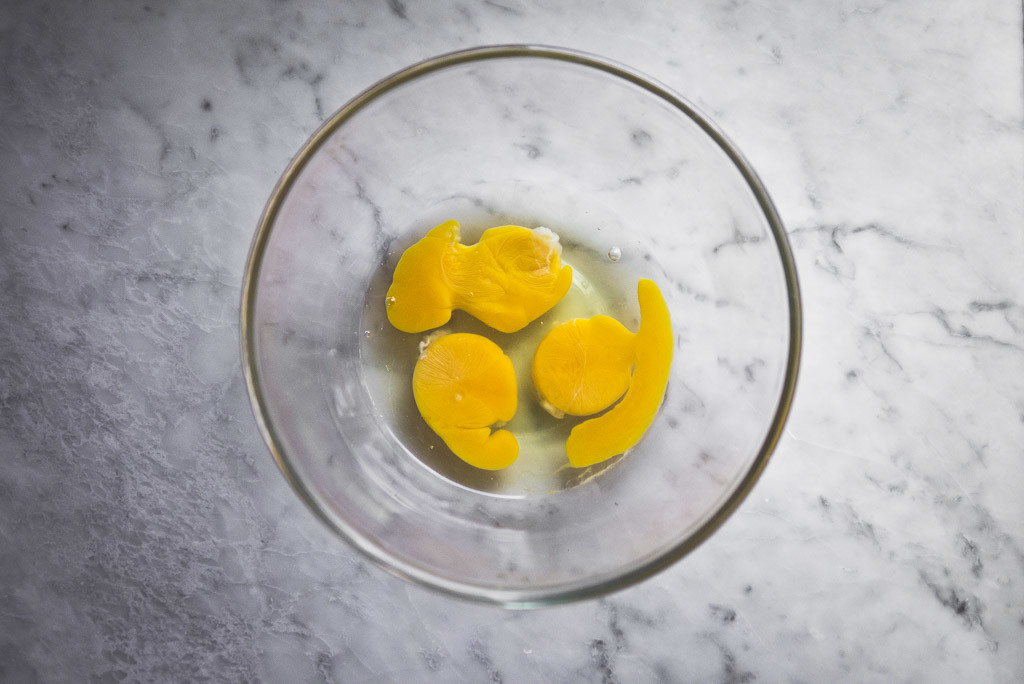
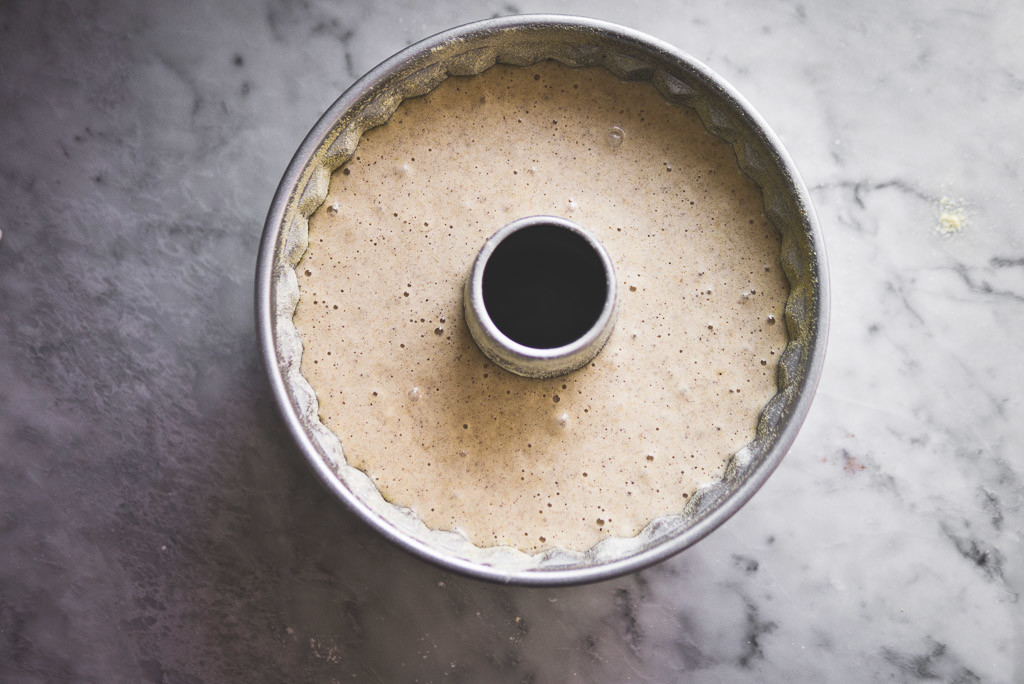
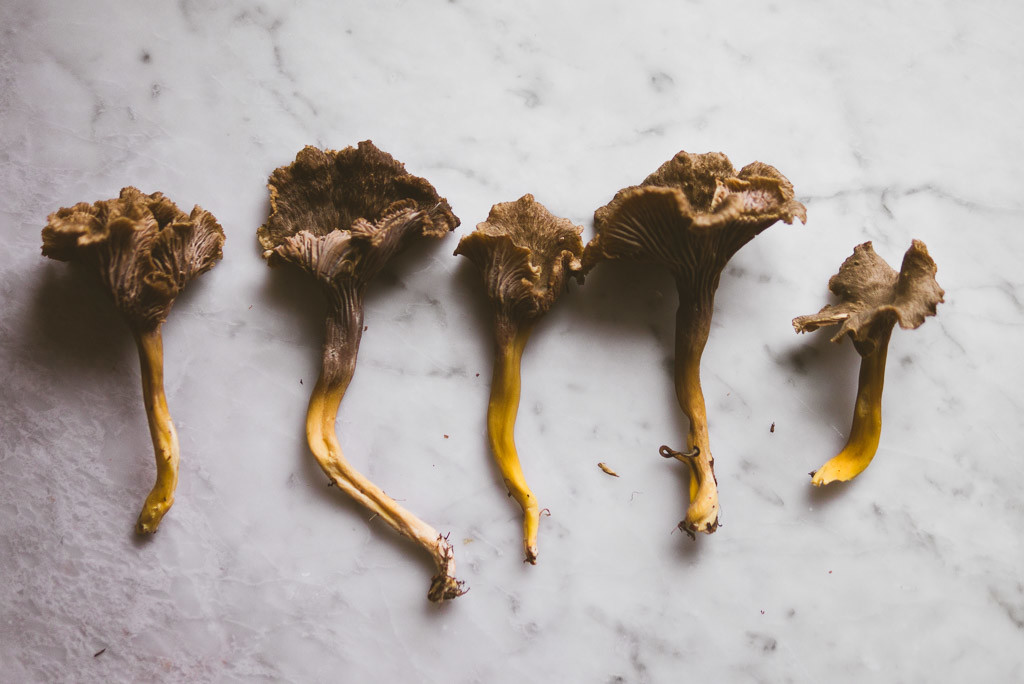
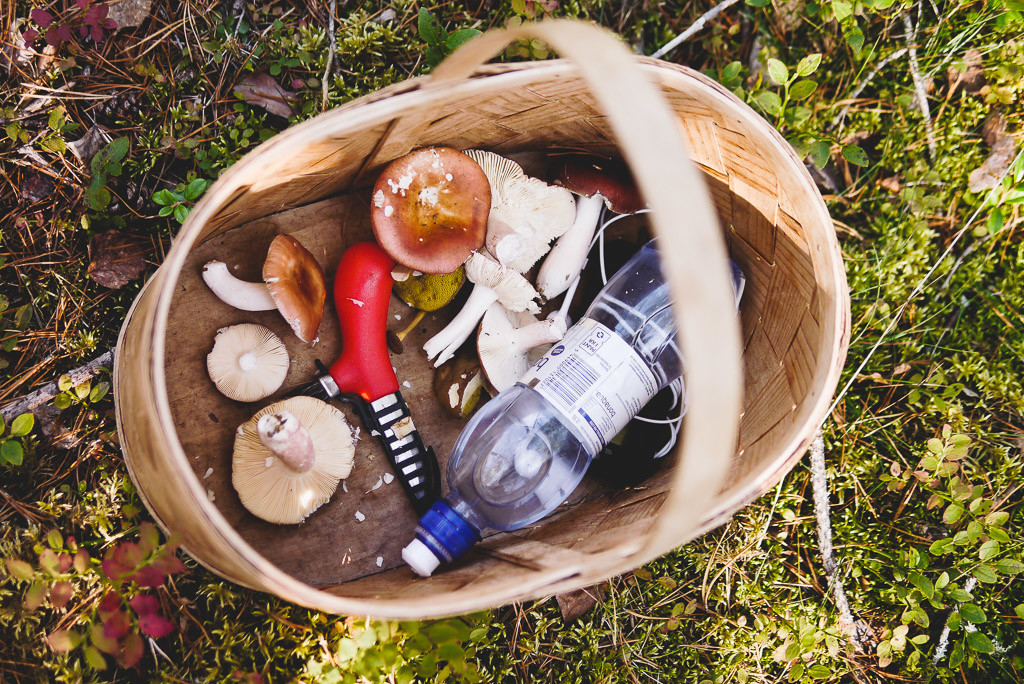
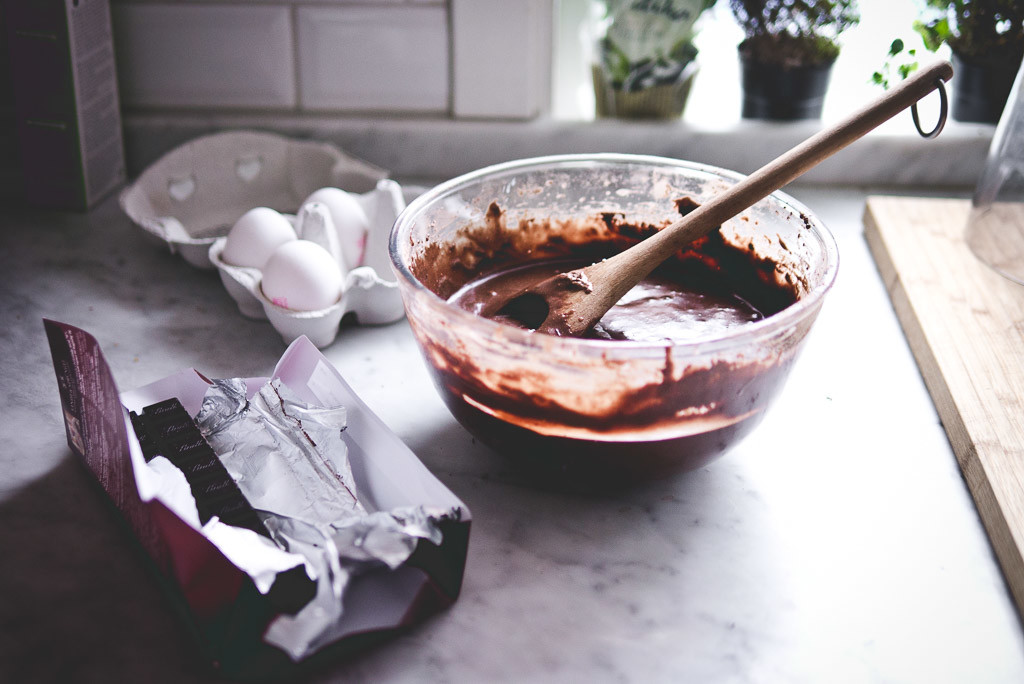
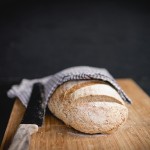
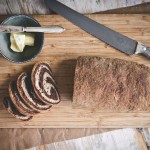
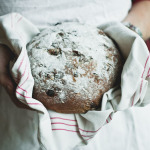
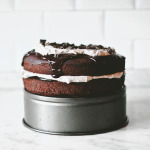
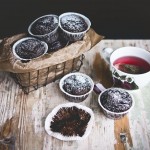
Julie
Posted at 10:33h, 29 DecemberThanks for reminding me that it’s alright to have a messy pantry! I was obsessing about that just yesterday but you’re right: there’s nothing we can do against all these flours! Also, I didn’t know there was a difference between psyllium husk and psyllium husk powder. I won’t mix them up when I find finally find them!
Thea Tillberg
Posted at 11:08h, 29 DecemberThanks for your comment Julie!
Alison
Posted at 01:57h, 30 DecemberLovely post! I use a blend of Sorghum and brown rice flours mixed with starches from forkandbeans.com for a lot and have made my own pastry crust with garbanzo bean flour. What I love most about gluten-free flours is the unique taste that comes along with them and learning as I go! This is an excellent reference guide and you have beautiful pictures!
Thea Tillberg
Posted at 10:30h, 30 DecemberTank you Alison! Glad you liked it. 🙂
renee byrd (will frolic for food)
Posted at 21:50h, 24 Septemberthis is such a great resource! i’ve been meaning to put one of these together for a while for my blog readers. this pretty much says it all! and i’ve never noticed a difference using powdered vs whole psyllium, i’ll have to test that out!
Thea Tillberg
Posted at 18:41h, 28 SeptemberThanks Renee! I’m glad you like it 🙂